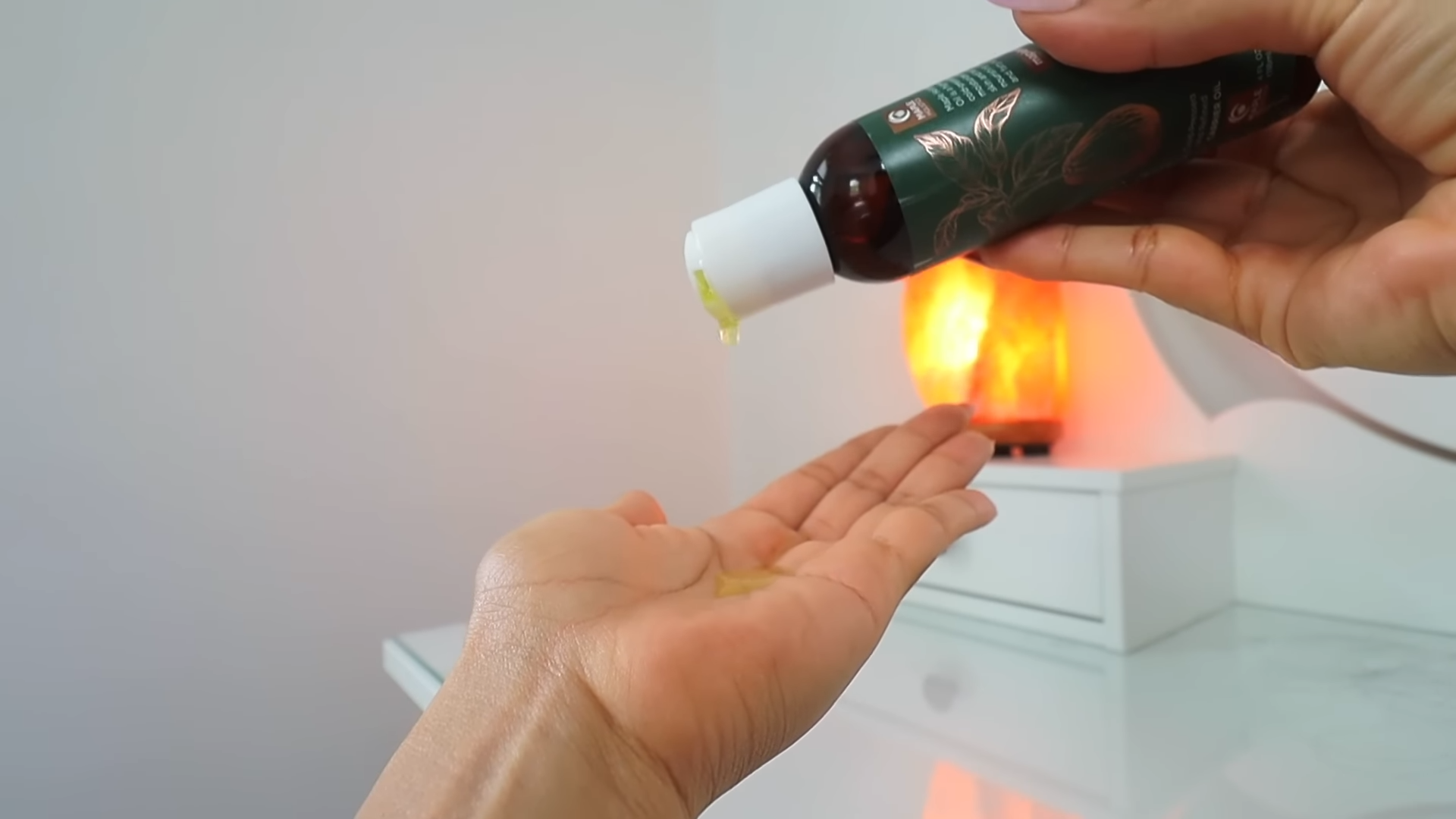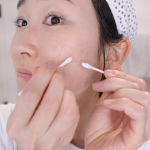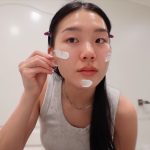Caring for dry and damaged hair involves a combination of proper products and techniques. Start with a sulfate-free shampoo to avoid stripping natural oils, and use a deep conditioning treatment weekly to restore moisture. Incorporate leave-in conditioners and hair oils to add softness and shine. Limit heat styling and always use a heat protectant when necessary. Regular trims help remove split ends, promoting healthier hair growth and overall vitality.
Using Hydrating Shampoos and Conditioners
To care for dry and damaged hair, start with hydrating shampoos and conditioners. Opt for sulfate-free products to prevent stripping your hair of its natural oils. Look for ingredients like argan oil, shea butter, and aloe vera, which help to moisturize and nourish the hair. Regular use of these products can improve the texture and appearance of your hair, making it softer, shinier, and more manageable over time.
Choose Sulfate-Free Formulas Opt for sulfate-free shampoos and conditioners to avoid stripping your hair of its natural oils. Sulfates can be harsh and drying, especially on already damaged hair. Sulfate-free products gently cleanse while maintaining moisture balance, leading to healthier, softer, and more manageable hair.
Look for Nourishing Ingredients Select products containing nourishing ingredients like argan oil, shea butter, and aloe vera. These ingredients are known for their hydrating and reparative properties, helping to restore moisture, reduce frizz, and improve the overall texture of your hair. Regular use can significantly enhance softness and shine.
Use Conditioner Generously Apply conditioner generously, focusing on the mid-lengths and ends of your hair, where damage is most likely to occur. Leave it on for a few minutes to allow the nourishing ingredients to penetrate deeply. This helps to detangle, smooth, and hydrate your hair, making it look and feel healthier.
Incorporating Deep Conditioning Treatments
Incorporating deep conditioning treatments into your hair care routine is essential for restoring softness and shine. Use a deep conditioner or hair mask once a week, focusing on the mid-lengths and ends. Ingredients like keratin, coconut oil, and honey penetrate the hair shaft to repair damage and lock in moisture. This intensive treatment helps to strengthen your hair, reduce breakage, and leave it looking healthy and revitalized.
Reducing Heat Styling
Minimizing heat styling is crucial for preventing further damage to dry and brittle hair. Limit the use of hairdryers, straighteners, and curling irons, which can exacerbate dryness and cause split ends. When you do use heat tools, always apply a heat protectant spray to shield your hair from high temperatures. Allow your hair to air dry whenever possible, and experiment with heat-free styling methods to maintain its natural health and shine.
Embracing Air Drying Techniques
Embracing air drying techniques is a gentle alternative to heat styling. After washing your hair, gently towel dry and apply a leave-in conditioner or air-dry cream to enhance your hair’s natural texture. This method reduces exposure to heat, minimizing damage and preserving moisture. Air drying allows your hair to recover and maintain its natural health, resulting in softer, shinier, and more resilient strands.
Exploring Heat-Free Styling Methods
Exploring heat-free styling methods can help protect your hair from heat damage. Techniques like braiding, twisting, or using foam rollers can create waves and curls without the need for heat. Additionally, try overnight styles, such as wrapping your hair around a headband to achieve natural curls. These methods reduce reliance on heat tools, promoting healthier, more vibrant hair.
Applying Heat Protectant Sprays
When heat styling is necessary, applying heat protectant sprays is essential. These sprays create a barrier between your hair and the heat, reducing the risk of damage. Choose a high-quality heat protectant and apply it evenly to damp hair before using any heat tools. This practice helps to safeguard your hair’s moisture, preventing dryness and split ends, while still allowing you to achieve your desired style.
Regular Trims to Prevent Split Ends
Regular trims are vital for maintaining the health of dry and damaged hair. Schedule a haircut every 6-8 weeks to remove split ends and prevent further breakage. Trimming helps to keep your hair looking fresh and healthy, encouraging growth and improving overall texture. By removing damaged ends, you’ll notice your hair becoming softer and more manageable, with a natural shine that enhances its appearance.








